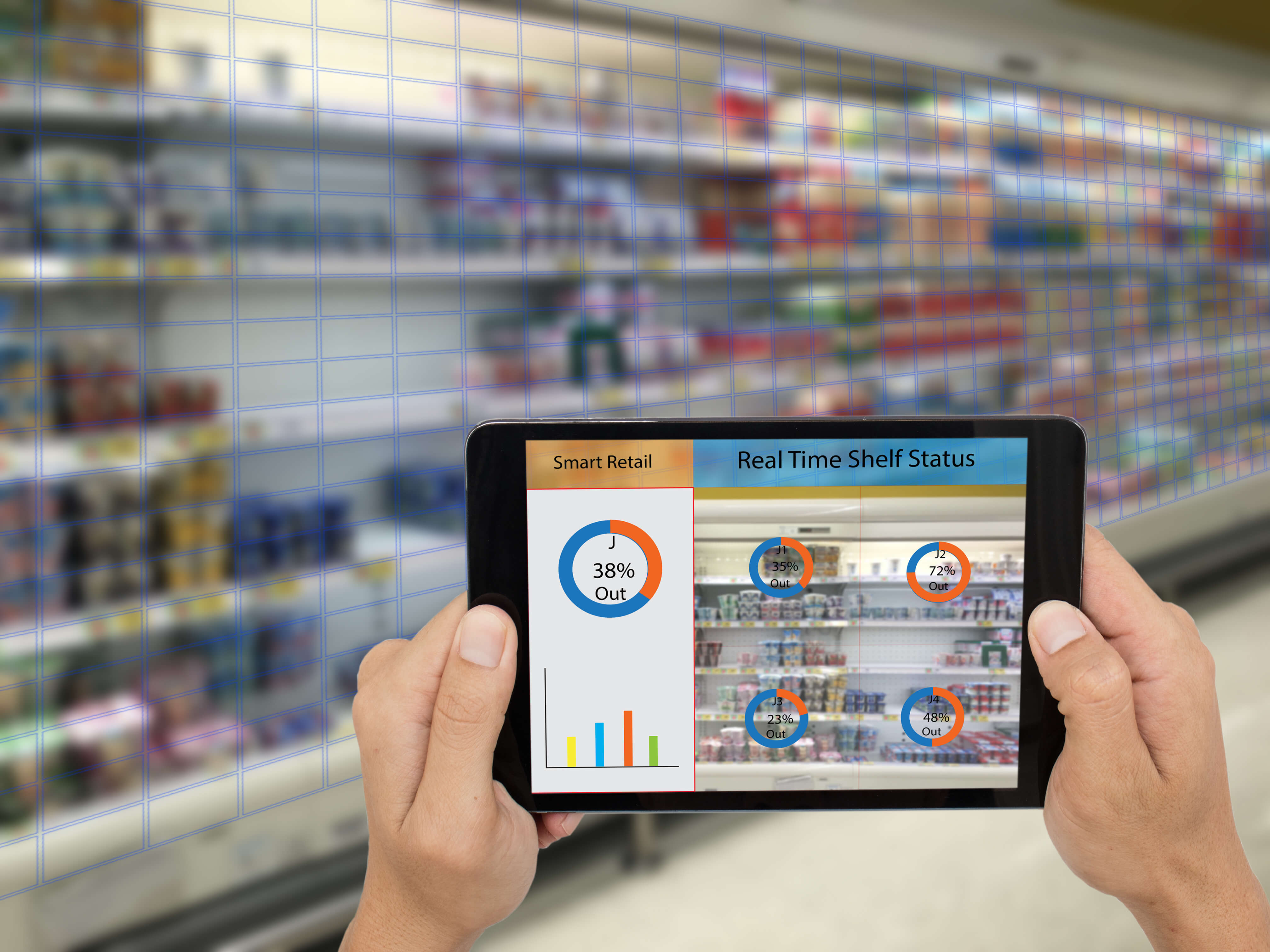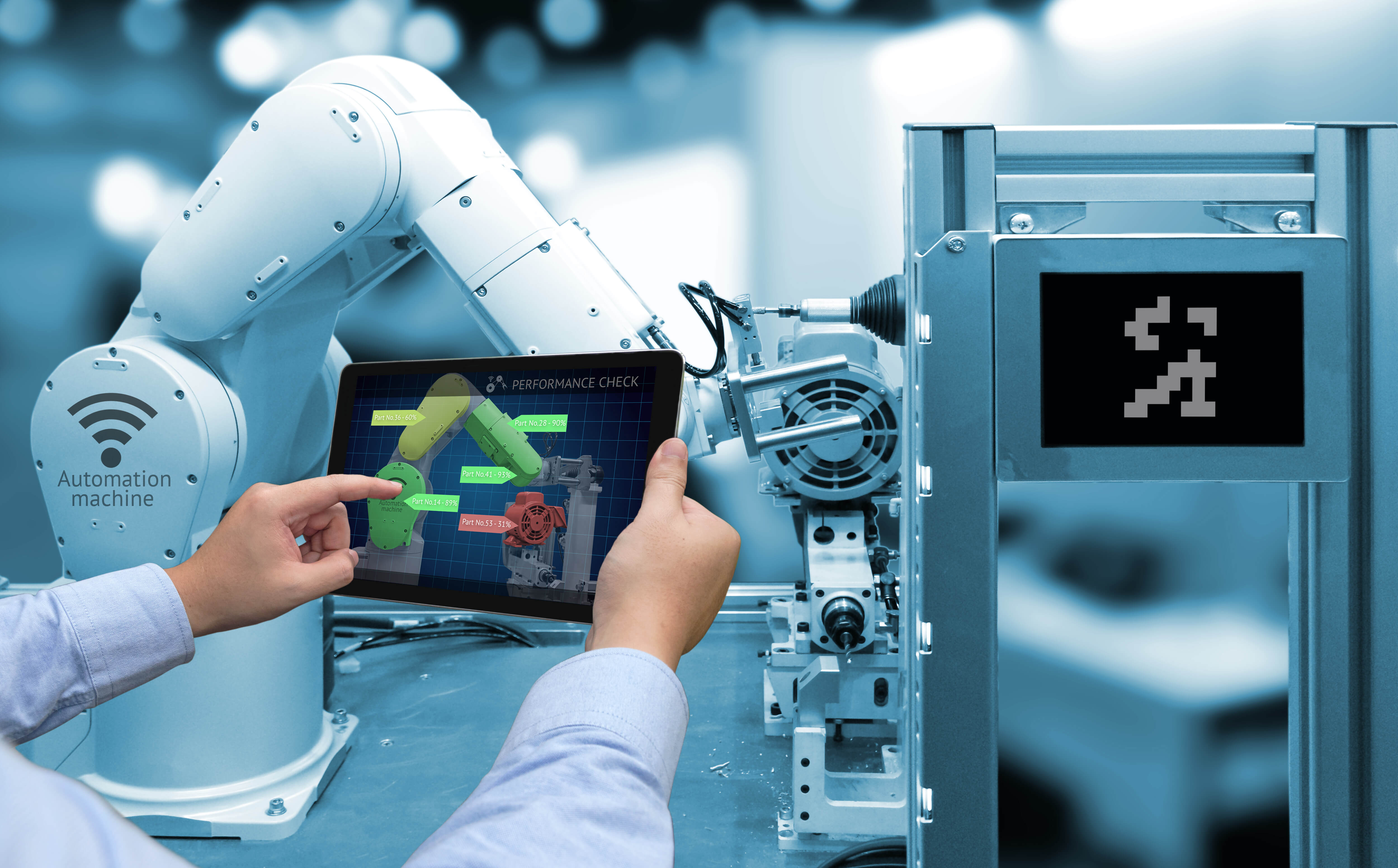
Industry, IoT and the rise of the manufacturing sector
IN all of industry, the Internet of Things (IoT) appears to be the most significant instigator of change, driving what the media refer to as Industry 4.0; the new industrial revolution which technology is bringing about.
At a practical level, the effects of IoT are seen in the day-to-day operations of enterprises at a micro scale. Many manufacturing plants are retrofitting their machinery and plant with IoT sensors and controls, and as new manufacturing machinery is developed, it is increasingly designed to be “smart.”
In technological terms, “smart” doesn’t necessarily mean that cognitive abilities of devices are powered by artificial intelligence (AI) – although AI and its counterpart, machine learning (ML) are having definite effects even at the most practical level, such as on the factory floor.
Most smart devices can perform native analytics and help make control decisions. But the nature of the decisions which change devices’ operations requires a much broader picture to be considered. Here the framework in which today’s IoT devices operate is vital.
This article explores some of the ways IoT can change the manufacturing landscape; in manufacturing industrial internet of things (IIoT) is the acronym du jour. But forget the idea of clinically-sterile shop floors manned by diligent robot servants (although that vision is not far off). The IoT is composed of equal amounts of aggregated data, abstraction layers, and powerful APIs, as it is made of machines which self-diagnose.

Manufacturing’s smart machines
Apart from the domestic setting (the smart home air conditioning unit, the voice-activated assistant), the place which has felt the most significant impact from IoT is, indubitably, manufacturing.
Equipment on the shop floor is becoming smart, in the sense that an individual component can now report on its operations, and control mechanisms can alter settings at digital machine speeds, trimming and attenuating according to conditions or fluctuations in demand.
IoT assets can ensure equipment repairs are expedited and even predicted, with delicate sensor arrays able to report diagnostically on levels which far exceed the capabilities of human oversight.
Equipment downtimes are therefore lower, productivity resultingly higher, and production delays are minimized. Optimizing line performance can mean more efficient production, and therefore a positive cost-benefit is produced.
Process cognition through data processing
The detailed picture IoT can paint of a manufacturing operation allows new levels of insight into current processes. Expected bottlenecks are disproved (and new sticking points discovered) and issues can be identified which raise production costs unduly and/or overuse raw materials. Additionally, warranty analytics can be used to pinpoint the precise correlation between product failure and production processes.
But raw data is only ever of use once it has been put to business good: IoT is therefore about profit & loss accounts, not about intelligent technology or exciting deployments (fascinating though these aspects may be to technical staff!).
Resource management
Industrial Internet of Things (IIoT) isn’t just about the shop floor’s installed hardware.
Safer devices and better fault detection mean staff are better protected and more productive. While machines move into maintenance schedules as dictated by greater cognitive insights, staff can be pro-actively redeployed, meaning no wasted working hours.
Energy costs, a massive drain on industry’s resources, can be lowered right across entire facilities, as assets are managed in real-time. Inefficient processes can be removed and energy-intensive operations optimized according to more exacting tolerances.

Overarching data structures
Enterprise’s operations are rarely confined to one discreet area of industry. In the case of manufacturing, for instance, research feeds into product design, which dictates, in time, to manufacture, which feeds into supply chains, logistics, distribution, and so on. Some products may be built just-in-time, others require warehousing. Complexity is king.
An order placed electronically halfway across the globe will affect (even on a tiny scale) the entire structure of the interconnected chain of materials, technology, and expertise which comprise the modern business.
With the arrival of IoT, the web of data which underpins each aspect of manufacturing industry is becoming more complex and more dependent on real-time reactions; decisions need to be made incredibly quickly.
Because every enterprise grows up organically, there will be many dozens of data-creating and -processing systems, and often thousands of devices (and people) affected by that data.
Uniting systems, from predictive business intelligence algorithms down to a single sensor in a logistics operation, relies on an efficient framework or structure of interconnected, interoperable data. In programming terms, this framework is a layer of abstraction.
Conclusion and ways forward
Business consultants are wont to roll their eyes when would-be clients come to them with preconceived notions about technology, like the IIoT. Often, a technological advance’s appearances in the industry or technical press will be enough to make decision-makers keen to jump on the latest bandwagon.
While it is true that IoT has the power to change manufacturing to a considerable degree – in fact, it will change that industry more than most – a wholesale deployment of smart devices across the enterprise comprises only a part of the story.
Technology for technology’s sake is not any type of answer, notably the higher up the business scale one travels. A large enterprise can lose big with ill-advised deployments, especially those without either supporting framework or clearly defined business outcomes.
Here are three suppliers of IIoT which we at Tech Wire Asia consider to be highly valuable, both in their use of the very highest quality of IoT technology, but also three with the business nous and experience to know that new technology’s success depends as much on surrounding systems as it does on the power of the individual components.
SCHNEIDER ELECTRIC
Schneider’s undeniable provenance in industry and manufacturing is evident in the age and success of the company. It spans energy management, automation, and connected systems plus high-end technologies across just about every area of industry.

The French multinational’s digital industrial transformation solutions are founded on its open and interoperable systems architecture, called EcoStruxure. The open protocols of EcoStruxure make it one of the leading platforms in the IIoT space where its suite of technologies can be cloud connected or on-premise.
Arising from a considerable investment in research and innovation Schneider’s software, analytics and services provide flexibility and agility for automation processes in even the most sensitive and regulated industries:
For instance, one client, infant formula manufacturer Yashili, produces multiple products, each requiring specific, very finely balanced ingredient mixes.
This is achieved with Schneider Electric’s new generation of IIoT-enabled PLCs (programmable logic controllers – computerized industrial control systems) in conjunction with real-time data integration into the Yashili’s’s existing business systems. The recipes for the formulae are pushed from the company’s ERP (enterprise resource planning) software directly into manufacturing systems, minimizing errors and removing the vast majority of possible human errors.
SIEMENS
It is less than a year since Siemens’s MindSphere came out of closed beta phase. The Platform-as-a-Service (PaaS) framework allows the interoperability of IIoT hardware and systems, producing real-time information which can be used to optimize processes and address deficiencies in an organization’s P&L.
Designed around a series of open APIs, interoperability is at the heart of the offering, with integration possible with many different systems, including those using OPC Unified Architecture’s (OPC UA) binary protocols, the lightweight nature of which making it perfect for IoT deployments.

The MindSphere platform also delivers industry applications, analytics and its own development framework in which bespoke solutions are crafted.
Since January this year, MindSphere is available on Amazon Web Services (AWS), and about the same time, the company launched “MindSphere World.”
This multi-body organization hopes to expand the global reach of ecosystems based on MindSphere and supports its members’ development of IoT solutions on MindSphere. This includes setting out uniform rules for data utilization and promoting science, research, and teaching in the MindSphere environment.
The newness of MindSphere and its, by definition, cutting-edge technologies are a big draw for clients, especially as Siemens itself has an impressive ancestry in the manufacturing space.
EATON CORPORATION
The American company, like many big players in the industrial sector (and latterly in the IIoT field) also has a long history – specifically in Eaton’s case, in power management as well as industrial design and manufacture.

Eaton “makes the things that make the IoT work.” Products are made with sensing capabilities built in, which, in its electrical supply control range, addresses fluid, mechanical and electrical power supplies.
The company’s offerings can transform the data collated from its IIoT-enabled devices to help its customers reduce the cost of ownership of machinery & plant, drive efficiency and maximize devices’ uptimes.
The company’s know-how in actual physical systems is represented in the digital world by the creation, in software, of so-called “digital twins.” These form part of the construction of virtual models of real-world deployments, allowing rapid design, build and testing of proposed solutions before committing to large capital deployments. By modeling events in simulation (what happened, why it happened and how to control what happened) clients are helped to lower costs in their product development and deployment cycles.
Eaton is proud of its non-proprietorial protocols and infrastructure – this is thought by industry commentators to be vital in emerging technology fields such as IoT, where taking a proprietorial stance in interconnectivity is considered to be a significant risk both for the company and its early-adopters.
READ MORE
- Ethical AI: The renewed importance of safeguarding data and customer privacy in Generative AI applications
- How Japan balances AI-driven opportunities with cybersecurity needs
- Deploying SASE: Benchmarking your approach
- Insurance everywhere all at once: the digital transformation of the APAC insurance industry
- Google parent Alphabet eyes HubSpot: A potential acquisition shaping the future of CRM
